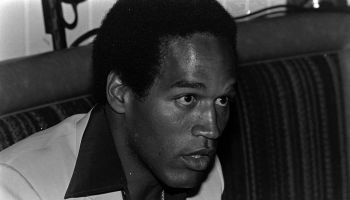Las Vegas (CNN) — The racing world was in mourning Monday after two-time Indianapolis 500 winner Dan Wheldon, an Englishman with a ready smile and engaging manner, was killed Sunday in a multicar crash at the Las Vegas Indy 300.
“You know, this is a sport predicated on speed and there are a lot of safety channels,” Sports Illustrated senior writer Jon Wertheim said Monday. But he added, “The fact of the matter is, you’re dealing with very, very fast automobiles. They’re not heavy cars. … There is, unfortunately, an assumption of risk when you get into one of those race cars.”
Following Wheldon’s death in the 15-car fiery crash, the remainder of the race — the marquee event of the IZOD IndyCar World Championships — was canceled. The remaining drivers, many of them visibly emotional after a meeting with IndyCar officials, did a five-lap salute in Wheldon’s honor as “Amazing Grace” played.
Wheldon, 33, died from “unsurvivable injuries,” IndyCar CEO Randy Bernard said Sunday.
Video of the crash showed cars spinning out of control and bursting into flames, spewing smoke and debris.
“I’ve never seen a crash like this,” said Carlos Diaz, an anchor on CNN sister station HLN who said he’s been around racing his entire life. He said one witness told him “it was like a bomb went off.”
Factors including the speed of the cars, the number of vehicles and the configuration of the track likely contributed to the crash, former Indy driver Lyn St. James told CNN on Monday.
“All of those elements coming together just was like the perfect storm,” she said. “It was unfortunate, it was tragic, it was something we all wish would never have happened.”
The track is “not a large track,” Wertheim said, and is not often used for IndyCar racing. It is significantly smaller than the Indianapolis Motor Speedway.
Asked whether she believes too many cars were on the track, St. James said, “I don’t necessarily believe that,” but she noted the Indianapolis track is a mile longer — 2.5 miles in all.
“It’s more the configuration, that you’ve got a really, really wide racetrack with 20 degrees of banking in the turns, 9 degrees of banking on the straightaway, so you have this momentum and this ability for all the cars to be able to go flat out, so that really takes the car out of the driver’s hands.”
Besides being smaller, the Las Vegas track is also wide enough to allow several cars to be next to each other, Diaz said. “You have a smaller area where cars get compact.”
Several drivers had expressed concern about the track before the race, saying such a wreck could potentially occur, he said.
“This is not a suitable track, and we’ve seen it today,” driver Dario Franchitti told ABC News, adding the track offered “nowhere to get away from anybody.”
Questions about the track — whether it was big enough to accommodate 34 cars and whether it is too fast for that number of cars — likely will be raised in the aftermath of the crash, three-time Formula One champion Jackie Stewart told CNN.
Stewart said he doesn’t believe he has ever seen such a crash. “It was a horrendous accident and just one of the most painful things I’ve seen for a very, very long time.”















